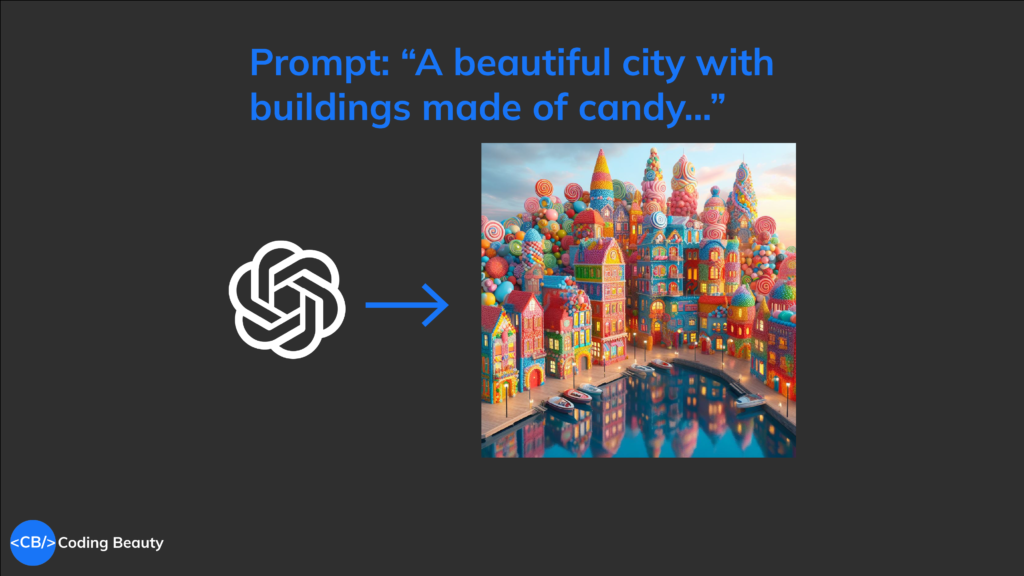Every amazing new feature in GPT-4 Turbo
Great news – OpenAI just released GPT-4 Turbo, an upgraded version of the GPT-4 model with a context window up to 128K tokens – more than 300 pages of text, and a fourfold increase in regular GPT-4’s most powerful 32K context model.
The company made this known at its first-ever developer conference, touting a preview version of the model and promising a production-grade GPT-4 Turbo in the next few weeks.
Users will be able to have longer, more complex conversations with GPT-4 Turbo as there’ll be more room to remember more of what was said earlier in the chat.

Also exciting to hear, GPT-4 Turbo is now trained on real-world knowledge and events up to April 2023, allowing us to build greater apps utilizing up-to-date data, without needing to manually keep it in the loop with custom data from embeddings and few-shot prompting.
Even better, the greater speed and efficiency of this new turbocharged model have made input tokens 3 times cheaper and slashed the cost of output tokens in half.
So, upgraded in capability, upgraded in knowledge, upgraded in speed, all with a fraction of the previous cost. That’s GPT-4 Turbo.
An innovative feature currently in preview, you can now pass image inputs to the GPT-4 model for processing, making it possible to perform tasks like generating captions, analyzing and classifying real-world images, and automated image moderation.
Then there’s the new DALL-E 3 API for automatically generating high-quality images and designs, and an advanced Text-to-speech (TTS) API capable of generating human-level speech with a variety of voices to choose from.
DALLE-3 outclasses Midjourney! Especially when it comes to creating complex images from highly detailed and creative prompts.

And we can’t forget the ambitious new Assistants API, aimed at helping devs build heavily customized AI agents with specific instructions that leverage extra knowledge and call models and tools to perform highly specialized tasks.
It’s always awesome to see these ground-breaking improvements in the world of AI, surely we can expect developers to take full advantage of these and produce even more intelligent and world-changing apps that improve the quality of life for everyone.


